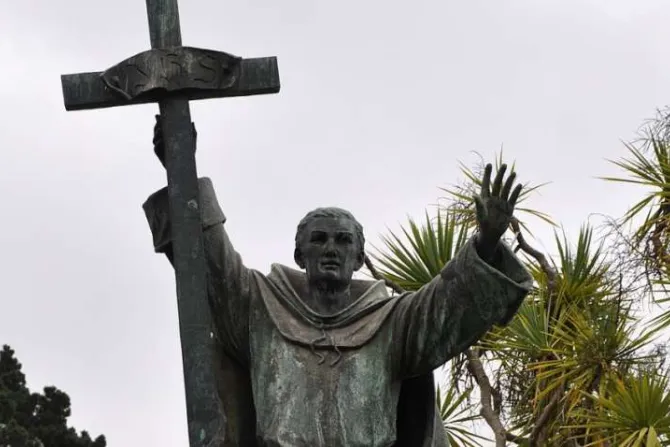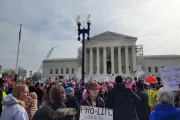Los Angeles, Calif., Sep 13, 2021 / 18:00 pm
Misinformation and deliberate disinformation continue to surround the memory of St. Junípero Serra, the Apostle of California.
Most recently, the California legislature overwhelmingly passed a bill that essentially declares Serra to be a kind of moral monster: “Enslavement of both adults and children, mutilation, genocide, and assault on women were all part of the mission period initiated and overseen by Father Serra.”
Assembly Bill 338, which passed 66–2 in the Assembly and 28–2 in the Senate, has been sent to Gov. Gavin Newsom. It repeats the unsubstantiated allegations found in online petitions and other misinformation spread last summer by Black Lives Matter and other activist groups to justify vandalizing statues of the saint in Los Angeles, San Francisco, and at the Capitol in Sacramento.
The legislature’s claims are a “slander” against Serra and push a “false narrative” about the missions, say Archbishop José H. Gomez and Archbishop Salvatore Cordileone of San Francisco in a new opinion essay published in the Wall Street Journal. “None of that is true,” they write. “While there is much to criticize from this period, no serious historian has ever made such outrageous claims about Serra or the mission system.”




